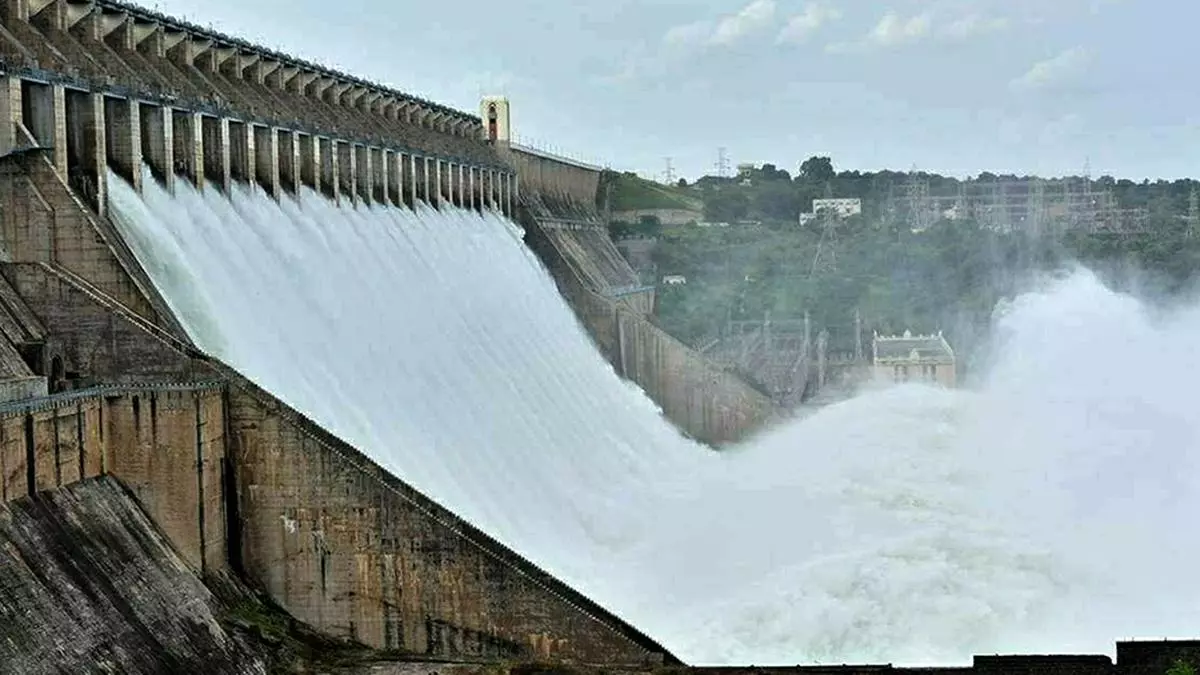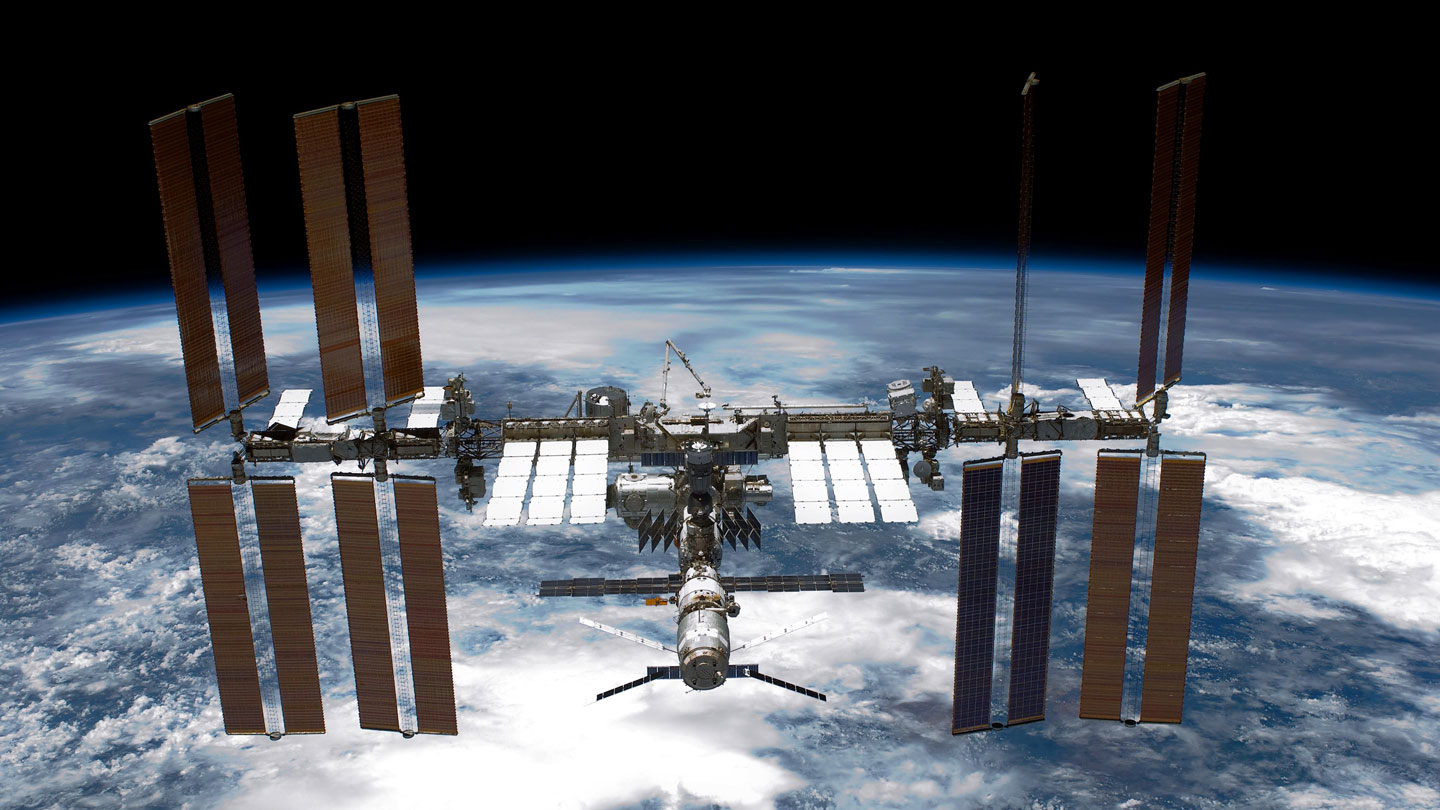
By John Victor D. Ordoñez, Reporter
DENMARK is keen on boosting onshore and offshore energy investments in the Philippines, according to its foreign minister, which could boost the Southeast Asian nation’s efforts to diversify its power mix amid a global push for renewable energy (RE).
The Nordic country is also interested in exploring defense partnerships with Manila, Danish Foreign Minister Lars Løkke Rasmussen told a news briefing in Makati City near the Philippine capital on Monday.
“The fact that the main infrastructure partners have quite big investments, offshore investments in the Philippines, I think there’s even bigger potential also onshore,” he said. “Your government has made very good conditions for offshore wind investments in the Philippines and if you copy-paste that to onshore, you could unlock a huge potential.”
Last year, Copenhagen Infrastructure New Markets Fund, an affiliate of Copenhagen Infrastructure Partners (CIP), became the first fully foreign-owned entity awarded with wind energy service contracts by the Department of Energy (DoE) after the Philippines opened up the RE sector to full foreign ownership.
The offshore wind projects are in Camarines Norte and Camarines Sur, with capacity projected at 1,000 megawatts (MW); in Northern Samar (650 MW); and Pangasinan and La Union (350 MW).
“Again, Danish businesses are keen to invest and will drive your green transition,” Mr. Rasmussen said. “It’s about avoiding corruption… and the Philippines has made a lot of progress regarding all these issues.”
“Denmark is a leader in wind energy,” Calixto V. Chikiamco, Foundation for Economic Freedom president, said in a Viber message. “Danish companies are already investing in the Philippines due to the liberalization of RE projects, opening the sector to 100% foreign ownership.”
Denmark’s top envoy said his country backs negotiations between the European Union (EU) and the Philippines on a free trade agreement, which is expected to wrap up by 2027.
Trade Undersecretary Allan B. Gepty has said the government’s internal target is to conclude trade negotiations with the EU by 2026. This is to ensure that there would be no gap in trade privileges should the Philippines lose EU concessions by graduating to upper middle-income status.
The Philippines is part of the EU’s Generalized Scheme of Preferences Plus (GSP+), a special incentive for low and lower middle-income countries. The country enjoys zero duty on more than 6,274 Philippine-made products.
CIP in May launched its light detection and ranging (LIDAR) system, which uses laser technology to measure wind speeds to assess an area’s capacity to generate wind energy, for its planned offshore wind project in Camarines Sur.
The Board of Investments had given CIP’s projects green lane certificates of endorsement to fast-track the processing of permits.
Denmark Ambassador to the Philippines Franz-Michael Mellbin has said the Philippines could develop robust renewable energy projects due to its diverse natural resources such as wind, solar and biomass.
The Philippines is under pressure to find other sources of indigenous energy with the imminent depletion of the Malampaya gas field, which supplies power plants accounting for a fifth of all power generated in the Philippines. The gas field is expected to run out of easily recoverable gas by 2027.
The government aims to raise the share of renewable energy in the country’s energy mix to 35% by 2030 and to 50% by 2040 from 22% now.
“The potential for sustained Philippine economic growth is immense,” Mr. Rasmussen said. “I commend the government’s effort to continuously improve the business environment and we want to assist and help to drive this growth.”
MARITIME TIES
At the same briefing, Philippine Foreign Affairs Secretary Enrique A. Manalo said both countries are eyeing more cooperation between their defense industries.
“I also raised the hope that we could collaborate more on the maritime area in terms of maritime security, promoting international law… and we also consider the possibility of defense cooperation in the future,” he said.
Mr. Rasmussen said he wants both countries’ defense industries to carve out long-term ties. “Talking about defense, I think we have a business community and defense industry that have certain competencies and strongholds, which are probably needed in the Philippines to build up the necessary capacity.”
Philippine and Chinese coast guards have repeatedly clashed in the South China Sea, accusing each other of aggressive behavior involving their ships and of damaging the marine environment.
China claims almost the entire sea, a conduit for more than $3 trillion of annual ship-borne commerce. The Permanent Court of Arbitration in 2016 said China’s claims had no legal basis, a ruling Beijing rejects.
The EU is keen on boosting ties with the Philippines in diplomatic efforts to uphold international law in the South China Sea amid its dispute with Beijing, EU External Action Service Managing Director for Asia and the Pacific Niclas Kvarnström told a news briefing in Manila last week.
Last week, the Philippines filed a diplomatic protest against China after a Chinese Coast Guard vessel fired water cannons at a Philippine ship carrying supplies for troops stationed around Scarborough Shoal.
China has controlled the shoal, which falls within the Philippines’ exclusive economic zone and is claimed by several other countries, since 2012 after maintaining constant coast guard presence there, according to the Asia Maritime Transparency Initiative.
“Minister Rasmussen’s clear expression of solidarity with the Philippines and support for our position on the South China Sea indicates Denmark’s principal status on security and stability,” Mr. Manalo said.









Leave a Comment